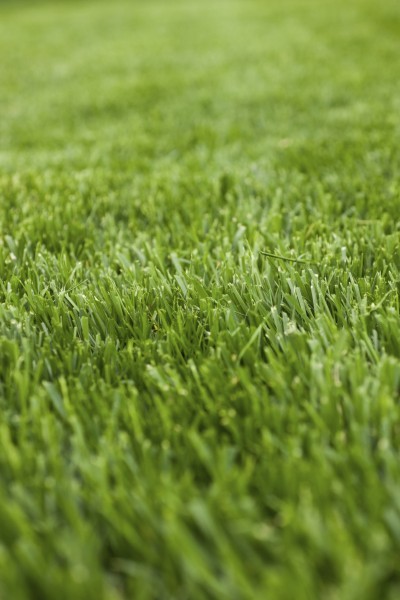






What is cool grass? Cool grass is suitable for temperate and colder climates. These plants grow best in spring and summer and go almost dormant in the winter when temperatures decline. There are many varieties, most of which are bunchgrasses. If you live in a cooler zone, the gardener must consider some important questions. For instance, “When can I plant cool season grasses and which cool season turf grasses are best for me?” Both questions are important in choosing the right grass and establishing it correctly.
Most cool season grasses are turf grasses. The plants do best in spring and fall when there is a plentiful supply of water. The most common types of cool season turf grasses include:
There are also some cool season ornamental grasses, suitable for beds and containers. Cool season ornamental grasses come in many varieties but a few are:
These types of grass begin to grow in spring and may be evergreen or turn brown in winter. They will also go dormant and brown in very hot summers unless they are provided with cover from the scorching rays of the sun and plenty of water.
There are some general characteristics which are crucial cool season grass identifiers and include:
Warm season grasses grow best in the southern parts of the United States, while cool season grasses perform well in temperate and northern climates. It is important to know which grass is most suited for your zone or you will have a brown lawn or sickly lawn.
Designing with cool season ornamental grasses must take into consideration their propensity to “brown out” in summer. With some grasses, this creates a lovely halo effect, while others just look dead.
All types of cool season grass grow the most in spring, while warm season grasses put all their energy into summer growth. They grow slower than cool season grasses and use much of the first two years establishing deep root systems with little crown growth.
The best time to plant cool season turf grasses is in spring or fall. Cool season turf grasses need vernalization to force sprouting. This is achieved by the cool temperatures of winter and short day lengths. Sow the grass seed when soils are at least 40-45 degrees Fahrenheit.
Conversely, warm grasses planted in fall will not germinate until spring, which is the optimum time to plant these types. The seed lies dormant until soil temperatures are warm.
What is cost of artificial grass and how is it installed?
What Are The Pros Of Artificial Turf Grass
Application Of Synthetic Turf And Its Benefits
Learn About Plant Bracts: What Is A Bract On A Plant
Sod Webworm Lifecycle: Learn About Webworm Lawn Damage And Control
Grass Fungus Treatment – Learn More About Common Lawn Diseases
Copyright © www.100flowers.win Botanic Garden All Rights Reserved